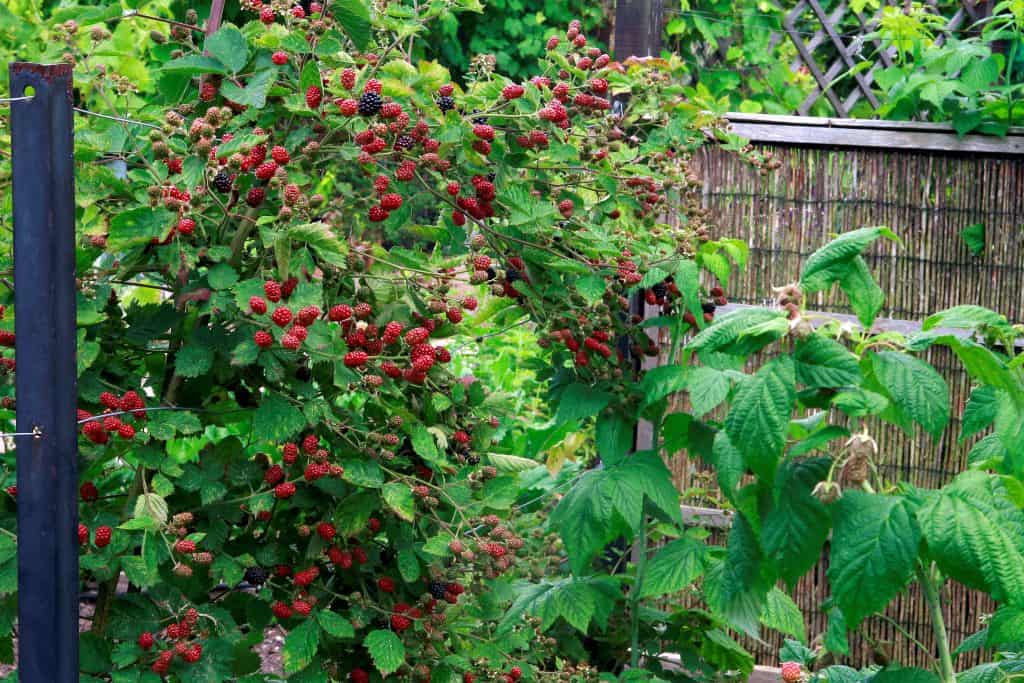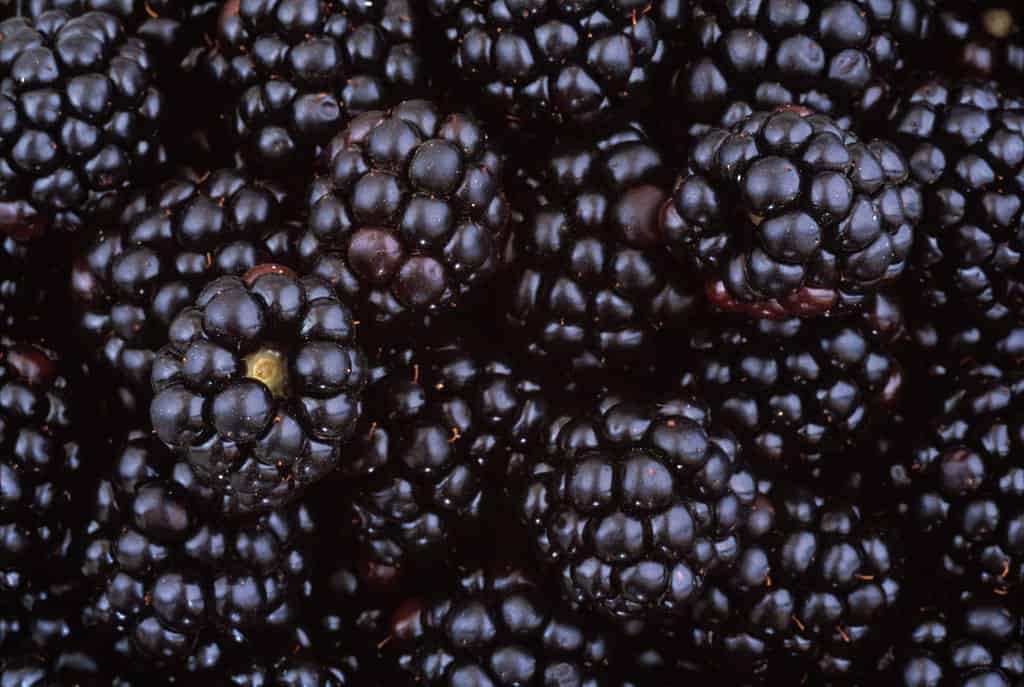Summer is fast approaching, and with it will come fruit. The most popular are those growing wild in forest and sub-forest spaces, but it is worth planting their varieties in the garden. What do we miss most? We present the most popular berries that can be found in our garden.
They have many advantages and not only those of taste. They are a rich source of vitamins and minerals. Many berries can be grown in our gardens. The most popular include: strawberries, raspberries, currants, strawberries, blackberries, gooseberries, blueberries, chokeberries and elderberries. Less known are kamchatka berry, cranberry, Peruvian bellows, goji berry, raspberry or currant-agrest. Each has a different vitamin content, taste and appearance
They usually appear in July. In addition to their incredible taste, they have long been recognized as a cure for colds and flu, as these fruits contain powerful antioxidants. Who of us at one time did not drink grandma’s raspberry cough syrup! Besides, raspberries are rich in magnesium, potassium and calcium, as well as flavonoids. They also act as a diaphoretic, like lime, helping us during a fever.

They contain antioxidants that protect the body from cancer. In addition, they support the work of the circulatory system, improve blood circulation and prevent atherosclerosis. They contain vitamin E and A, which act against aging, so it is worth to put a bush of blackberries in your garden.

They are a rich source of vitamin C, strengthen immunity and ensure healthy skin. The trace elements contained in this fruit help maintain optimal blood pressure. Together with cranberries, they are recommended for urinary tract problems because they have organic acids and fiber. Blueberries can often be found in dietary supplements that support proper eye function.
They are also a good source of vitamin E. They are a good source of vitamins and minerals. They contain a large dose of vitamin C, potassium and iron, so they protect the body from infections and boost energy.
They lower the level of cholesterol and blood sugar, and thanks to the anthocyanins they contain, they show anticancer, anti-inflammatory and anticoagulant properties. Like blueberries, they are found in eye-support supplements because they improve microcirculation in the eyeballs. In addition, they relieve abdominal pain and aid digestion.
The first strawberries appear in late May and early June. They are the greatest source of vitamin C – even greater than citrus fruits. Ripe ones contain more of it, so it’s a good idea to leave unripe fruit on the bush for another day or two. In addition, strawberries also contain B vitamins (including B1, B2, B6, PP) and vitamin A, and microelements – calcium, potassium, magnesium, manganese and iron. As you can see, the strawberry contains practically everything we need.
The season for berries is short. It lasts less than three months, so often the owners of gardens, in order to preserve the fantastic taste and health benefits of crops from their own garden, make from them various preserves, syrups, compotes, jams, purees and others. Then we know very well their composition, they do not contain harmful chemicals and are without preservatives. Health itself, all year round!
>> See also: Blueberry. How to protect the blueberry against diseases and pests?
Growing berries in our own garden, we can enjoy their taste and be sure that they do not contain any chemicals and pesticides. This unforgettable taste of childhood is rich in vitamins and trace elements that support our health. Berries are the key to health and beauty.